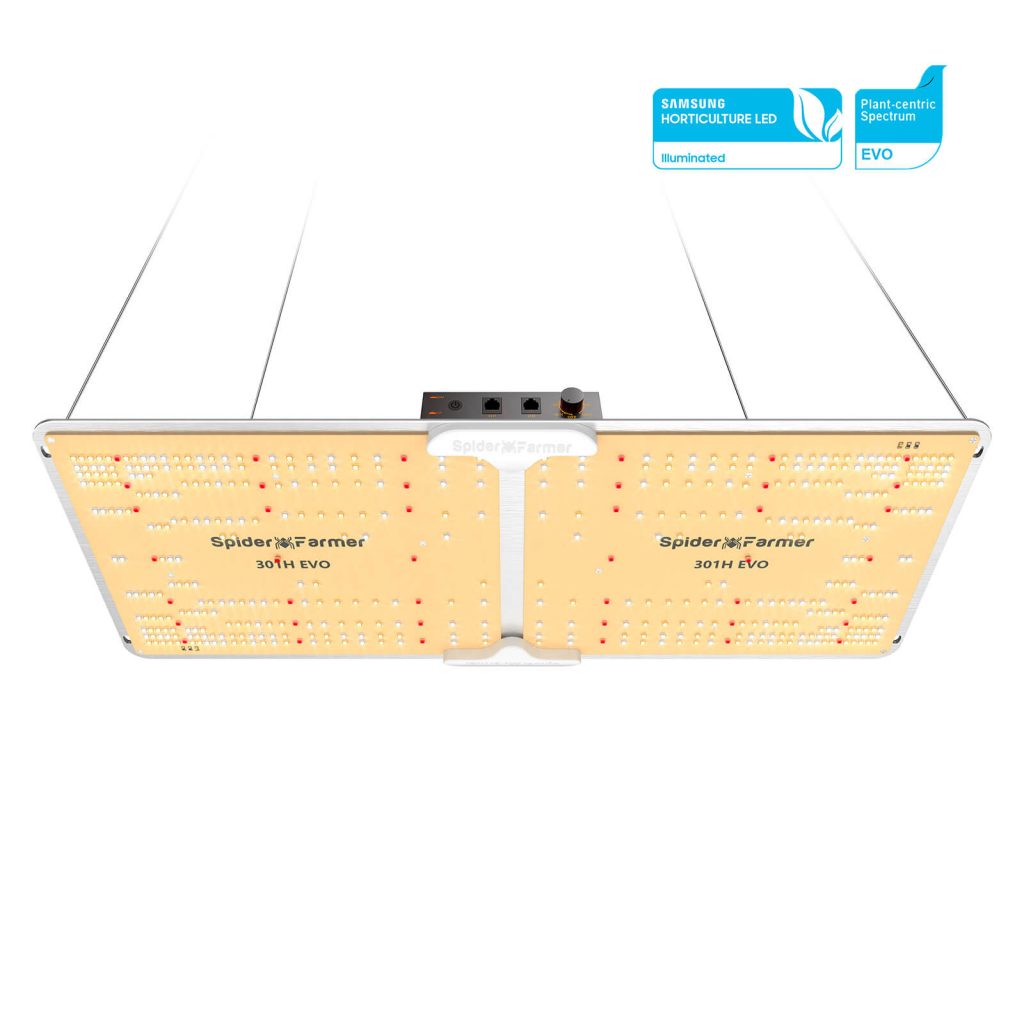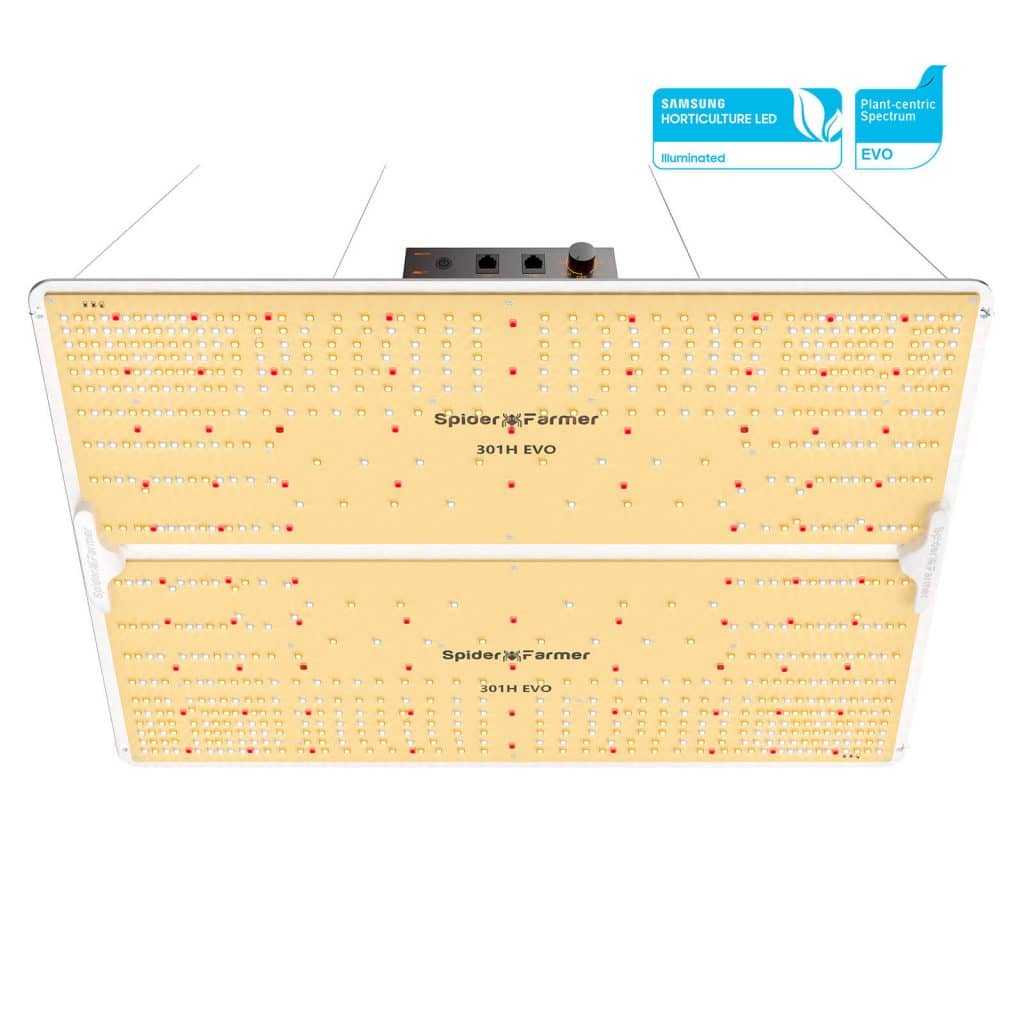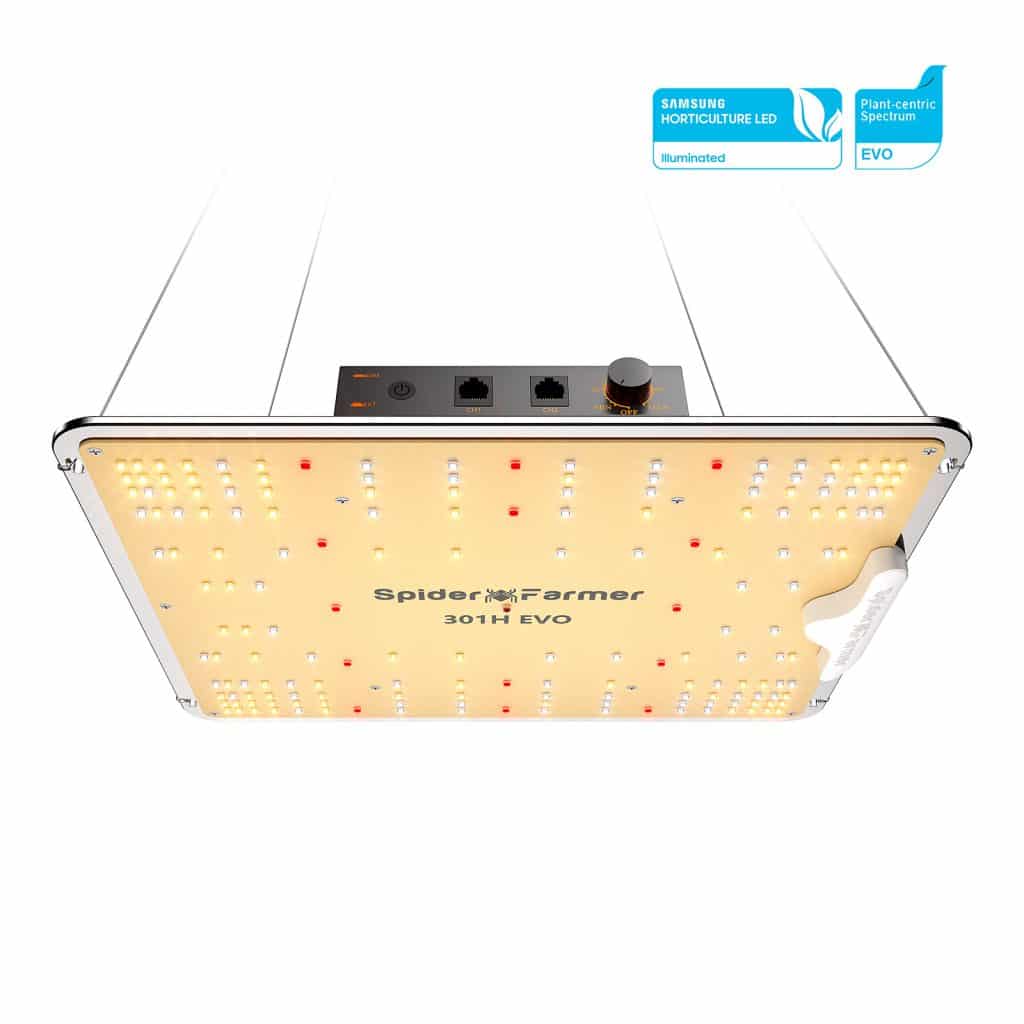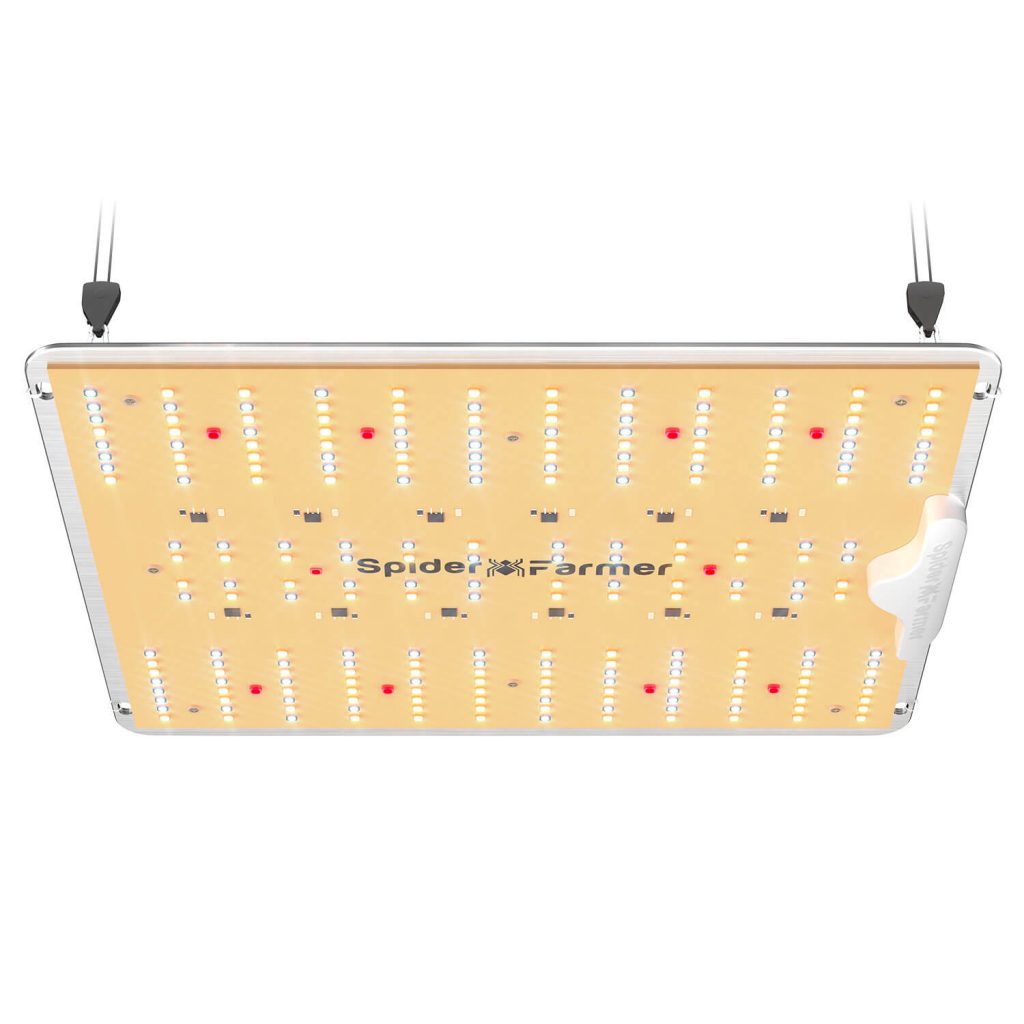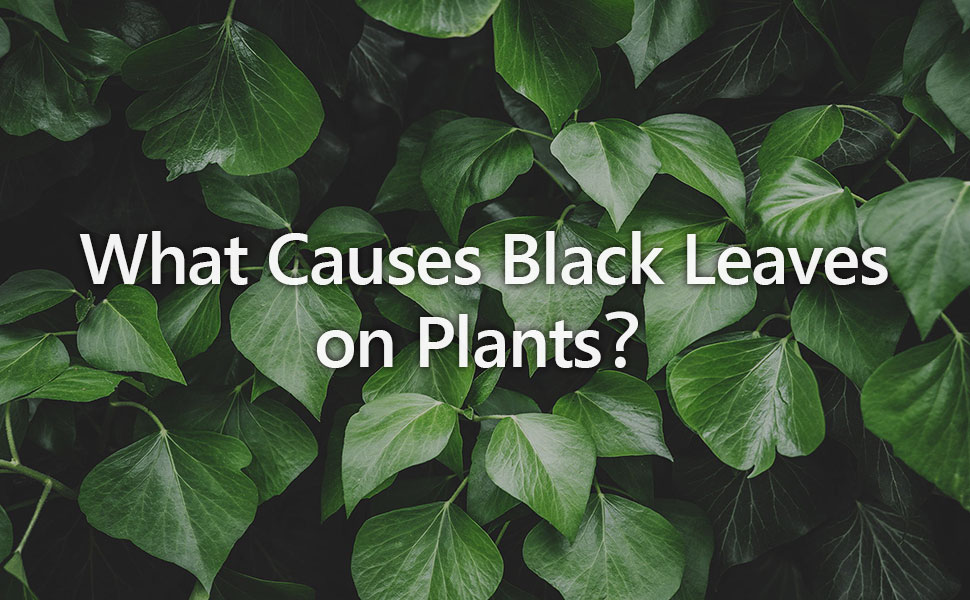No matter what types of plants or flowers you are growing, imagine dark, ominous black leaves invading your precious plants, signaling an unseen threat. Why are plant leaves turning yellow? This comprehensive guide is your key to unlocking the secret to maintaining thriving, green foliage. We'll delve into the intriguing world of black leaves on plants, exploring their causes, unveiling effective prevention strategies, and revealing the best treatment methods. Now let’s get to know what causes these black spots on your plant leaves.
Table of Contents
Overexposure to Sunlight
Sunlight is essential for photosynthesis, the lifeblood of plants. However, just as too much sun can harm our skin, excessive sunlight can stress your plants. Intense, unrelenting sunlight can scorch the delicate leaves, causing them to wither and turn black. For example, if you notice black leaves on tomato plants, you might want to reconsider their location.
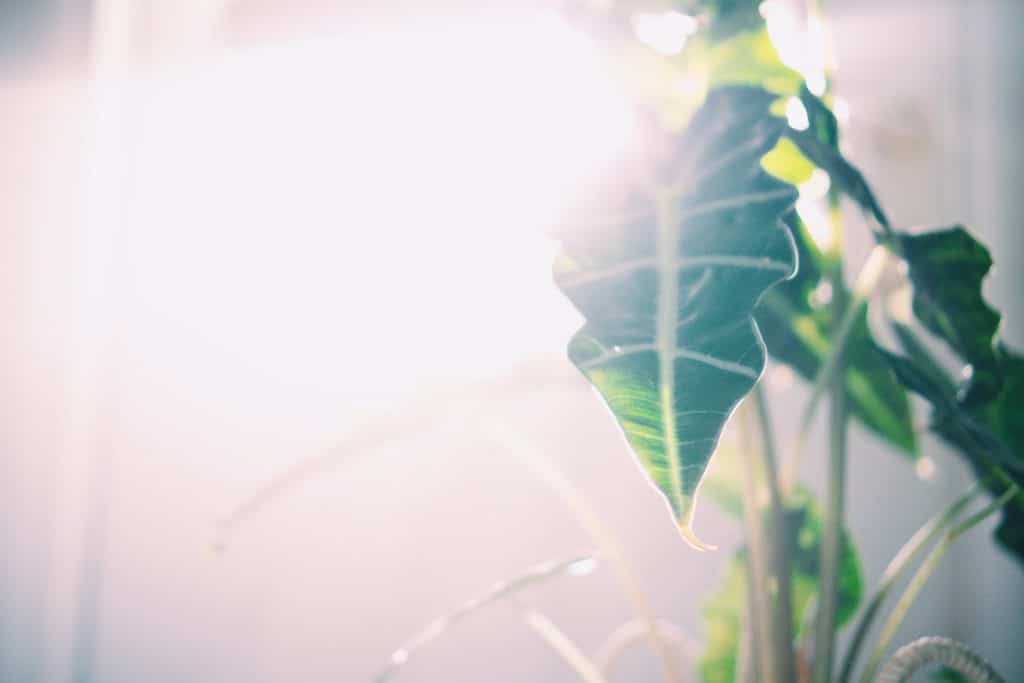
Solutions:
- Reposition Your Plants: If you suspect your plants are receiving too much direct sunlight, relocate them to a spot with filtered or dappled sunlight. Shade-loving plants, in particular, will thank you for this adjustment.
- Provide Shade: Consider using shade cloth or temporary shading devices to shield your plants during the hottest parts of the day. This can help prevent further sunburn damage.
Extreme Temperatures
Plants are sensitive to temperature fluctuations, and extreme conditions can take a toll on their well-being. When subjected to searing heat or frosty cold, your plants may struggle to cope, leading to black leaves. If you are settling the plants in a grow tent, you should pay attention to the grow room temp and humidity and adjust the metric as the plants grow.
Solutions:
- Use Protective Covers: During cold snaps, cover your plants with cloths, blankets, or even specialized plant covers to shield them from frost. Conversely, use shade cloth or umbrellas to provide relief from scorching heatwaves.
- Control Indoor Grow Environments: If you're growing plants indoors, ensure your grow room maintains stable temperature and humidity levels. Adjust these metrics as needed to mimic the ideal conditions for your specific plants.
Improper Watering
Watering your plants might seem straightforward, but it's a delicate balancing act. Overwatering, where the soil remains consistently soggy, can suffocate the roots, hinder nutrient absorption, and encourage fungal growth—often manifesting as black leaves.
Conversely, underwatering deprives your plants of vital moisture, causing stress and leaf discoloration. To prevent these issues, establish a watering routine that suits your plant's specific needs, and always ensure proper drainage.
Solutions:
- Establish a Consistent Routine: Develop a watering schedule tailored to your plant's needs. Research each plant's specific requirements and adjust your routine accordingly.
- Ensure Proper Drainage: Use pots with drainage holes and well-draining potting mix to prevent waterlogged soil. Adequate drainage is crucial in avoiding suffocated roots and fungal growth.
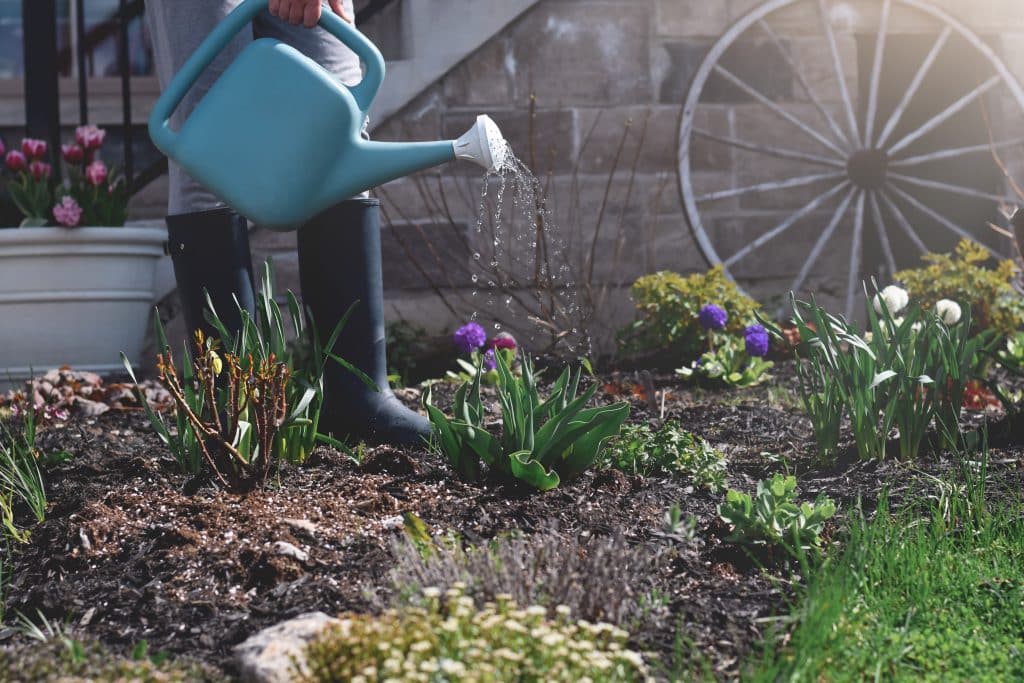
Poor Air Circulation
Just as fresh air is essential for us, it's equally crucial for your plants. Inadequate air circulation around your plants can create a stagnant and humid environment, which is an open invitation to fungal diseases. These diseases can lead to the development of black spots on leaves.
Solutions:
- Prune and Space Your Plants: Prune overcrowded branches and foliage to create better air circulation. Ensure there's enough space between plants for air to flow freely.
- Use Fans: For indoor plants, use oscillating inline fans to simulate outdoor breezes. This helps maintain optimal air quality and reduces humidity levels that promote fungal growth.
Overly Compacted Soil
The soil is your plant's foundation, and its health directly affects the well-being of your green companions. Soil that's compacted to the density of concrete hinders root growth and prevents proper drainage. In such conditions, water can pool around the roots, leading to suffocation and root rot—a precursor to black leaves. Regularly aerate your soil and use a well-draining potting mix to create a hospitable environment for your plants.
Solutions:
- Aerate the Soil: Regularly aerate your soil by gently loosening it with a fork or specialized aerating tools. This allows air and water to penetrate and nourish the roots.
- Choose Well-Draining Mixes: When potting or repotting, opt for well-draining potting mixes designed for your specific plant types. These mixes promote proper drainage.
Nutritional Deficiencies
Nutritional deficiencies can be a significant contributing factor to the development of black spots or areas on leaves. Among the essential nutrients, nitrogen, potassium, and magnesium are often the key players in this botanical drama.
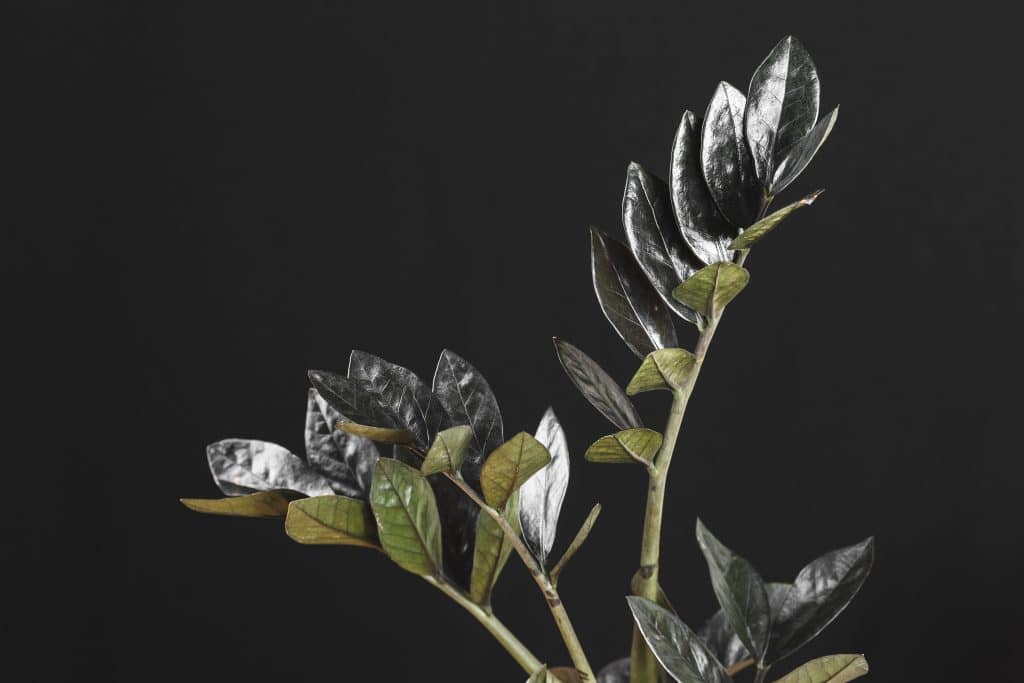
Notably, Nitrogen is a crucial nutrient required for the production of chlorophyll—the green pigment that drives photosynthesis. When plants lack an adequate supply of nitrogen, their ability to manufacture chlorophyll diminishes. As a result, leaves lose their vibrant green hue and take on a faded appearance.
Solutions:
- Fertilize Appropriately: Choose a balanced fertilizer that provides essential nutrients, including nitrogen, potassium, and magnesium. Follow the recommended application rates for your specific plants.
- Adjust Soil pH: Test your soil's pH level and adjust it if necessary to ensure optimal nutrient uptake by your plants. This can help prevent nutrient deficiencies.
Read More: Cal Mag Deficiency in Vegging & Flowering
FAQs about Black Leaves on Plants
- What to do when plant leaves turn black?
First, identify whether it's due to sunlight overexposure, extreme temperatures, improper watering, or other causes. Once you've pinpointed the cause, follow the appropriate remedies mentioned earlier in this guide to rectify the problem and restore your plant's health.
- Should you cut black leaves off plants?
Yes, you should cutting black leaves off your plants, especially if they are significantly damaged and unlikely to recover. Trimming blackened leaves serves several purposes: it improves the plant's appearance, prevents the spread of diseases or pests, and encourages new growth.
- What disease turns leaves black?
Common ones include fungal infections like powdery mildew, black spot disease, and Alternaria leaf spot. These diseases often manifest as black spots or areas on the leaves. In addition to fungal infections, bacterial infections and viral diseases can also cause blackened leaves in some plant species.
- Why do money plant leaves turn black?
Money plant leaves may turn black due to various reasons, including overexposure to direct sunlight, inadequate watering, and fungal infections. Money plants (Epipremnum aureum) thrive in indirect light and prefer evenly moist but well-draining soil. If the leaves of your money plant are turning black, assess its environmental conditions and adjust them accordingly.




